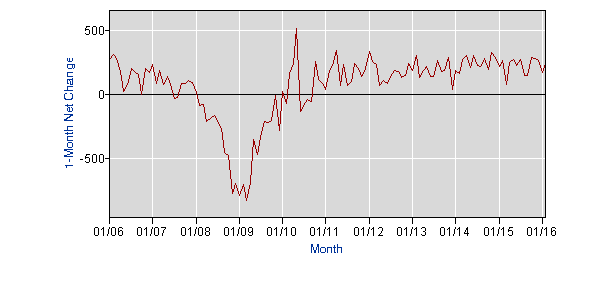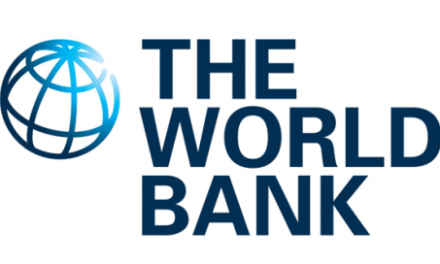The first two months of 2016 have put economists in a good mood. January kicked off the year with the first unemployment rate below 5% since the Great Recession started 8 years ago. During that period, unemployment reached 10% in 2009 before slowly trending back downward. The housing market, which had suffered a crash that kicked off the economic downturn, has also been improving in the last few years.
In December of last year, the unemployment rate stayed at the magical 5% mark for a third straight month to finish off 2015. Economists consider a 5% unemployment rate to be full employment.
It seemed as if the numbers could not get any better, but January 2016 ended with a 4.9% unemployment rate, the first time it was below 5% since February 2008. The good jobs reports continued last month with February reporting a second consecutive month of a 4.9% unemployment rate.
When it comes to actual jobs added, January saw 151,000 new jobs, a sharp drop from December’s adjusted 262,000 jobs. Economists at Bloomberg expected 195,000 new jobs to be created last month, but the economy proved it was still growing strong by adding 242,000 jobs in February. For 72 straight months the economy has added jobs. It’s the longest uninterrupted streak of job gains, and a sure sign that the economic downturn is effectively in the rearview mirror.
Change in Total Nonfarm Employees (in Thousands), 2006–2016

Source: U.S. Bureau of Labor Statistics
The labor force participation rate has also been increasing recently, rising 0.2% in February to 62.9%. That’s welcome news after labor force participation reached a 38-year low of 62.4% in September 2015.
But, of course, pundits continue to talk about when the next economic downturn will occur. The one downside of the jobs report last month was a slight drop in earning employee wages. It was only a 0.1% dip, but it was in stark contrast to January’s 0.5% rise in wages. Overall, wages across the country are staying in front of inflation, but not by much.
Analysts, however, do not see the wage drop as something to be worried about at the moment.
“This surprising decline in wage gains may have been due, in part, to increased demand for lower-paying service jobs, like retail and hospitality jobs, as people frequented the malls and restaurants after the snow melted in February.” —Beth Ann Bovino, Standard & Poor’s
For the economy to keep moving forward, it needs to add 100,000 jobs each month on average to cover the new workers looking for a paycheck. An average of more than 200,000 will ensure that those people who have stopped looking for a job can once again become a part of the workforce. Those benchmarks, which seemed impossible just a few years ago, now seem within reach.
Those of us here at Greenfield Advisors generally believe that some softness in the commercial real estate market will slow things down a bit this year, but not to the point of a recession because the slowdown will be concentrated in urban markets that have seen extraordinary gains over the last few years.
How do you see the economy shaping up for the rest of 2016? Let us know in the comments.






Recent Comments